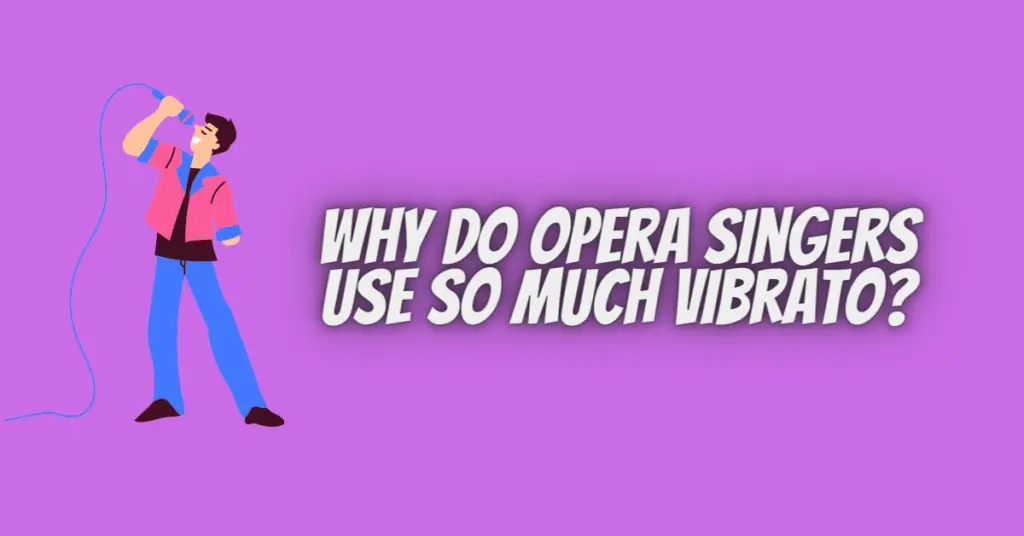Opera, with its grandeur and emotional depth, is one of the most captivating forms of musical expression. Within the realm of opera, a distinct vocal technique known as vibrato plays a significant role. Vibrato is characterized by the slight variation of pitch in a singing voice, creating a gentle, pulsating effect. In this article, we will explore why opera singers use vibrato extensively and the artistic nuances it adds to their performances.
1. Emotional Intensity and Expression
Opera often deals with intense emotions and dramatic narratives. Vibrato allows singers to imbue their performances with a heightened sense of emotion and expression. The subtle oscillation in pitch adds depth and richness to the sound, conveying a wide range of feelings – from love and longing to despair and heartache. Vibrato enhances the emotional impact of the lyrics, enabling singers to connect more profoundly with their characters and the audience.
2. Vocal Resonance and Projection
Vibrato contributes to the natural resonance of the voice, allowing it to project effectively in large opera houses without the need for amplification. The oscillation in pitch creates a fuller, warmer tone that resonates well in acoustically challenging spaces. Vibrato helps the voice carry over the orchestra and reach every corner of the auditorium, ensuring that the audience can experience the singer’s performance with clarity and depth.
3. Technical Control and Vocal Health
Mastering vibrato requires precise control over the vocal cords and breath support. Opera singers undergo rigorous training to develop their technique, allowing them to produce a controlled vibrato that enhances their singing. Vibrato, when used correctly, promotes healthy vocal production by encouraging proper breath control and minimizing strain on the vocal cords. This control is crucial for sustaining long phrases and performing challenging vocal acrobatics typical in opera.
4. Historical and Cultural Tradition
Vibrato has been a prominent feature in Western classical vocal traditions for centuries, dating back to the Renaissance and Baroque eras. Over time, it has become a defining characteristic of operatic singing. Vibrato is also prevalent in various world music traditions, including Indian classical music and some forms of traditional folk singing. Its historical significance and widespread use in diverse cultures contribute to its acceptance as a fundamental element of vocal expression.
5. Artistic Interpretation and Style
Different opera styles and periods may vary in the use and intensity of vibrato. Singers often adapt their vibrato based on the specific character they are portraying and the stylistic demands of the opera. Some roles may require a more prominent vibrato to convey heightened emotions, while others may demand a subtler approach for a more delicate portrayal. The choice of vibrato style is a crucial artistic decision that enhances the singer’s interpretation of a character and the overall musical performance.
Conclusion
Vibrato stands as a testament to the artistry and technical prowess of opera singers. Its use is deeply ingrained in the tradition of operatic singing, allowing performers to convey the depth of human emotions and captivate audiences with their expressive vocal performances. The careful balance of vibrato, technical control, and artistic interpretation is a hallmark of exceptional opera singers, showcasing the beauty and power of this exquisite vocal technique in the realm of classical music.


